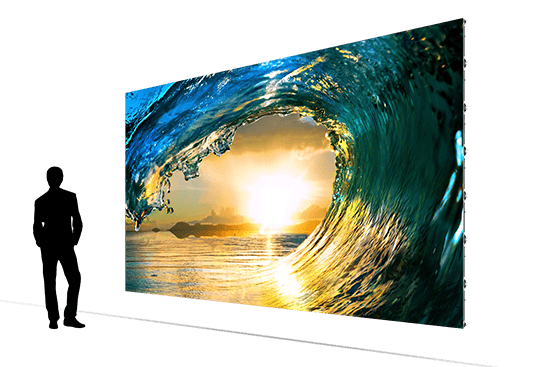Efficient Tactics for Addressing Heat Issues in LED Display Panels
Wiki Article
LED panel screens are progressively common for various applications, such as advertising, functions, and electronic displays. However, excess heat is a major issue that can affect their functionality and longevity. When LED panels overheat, they may dim, color distort, or even malfunction completely. Understanding the reasons and applying efficient methods to manage heat can help preserve the ideal function of LED wall screens. This piece will explore several approaches to tackle overheating issues related with these units.
One powerful approach for stopping excess heat in LED panel screens is ensuring proper airflow. It is essential to install these panels in environments where air circulation is sufficient. This can be achieved by placing the screens in a properly aired space or using fans to enhance airflow around the devices. Additionally, if the panels are mounted in a tight area, establishing gaps or implementing vents can help dissipate heat more efficiently. Keeping a lower surrounding heat level is vital, as it directly impacts the performance and durability of LED panel screens.
Another way to combat excess heat is through the use of thermal management substances. These substances can help take in, dissipate, or deflect heat away from the LED elements. Thermal sinks are frequently employed in many electronic devices, including LED panels. These metal components draw heat away from the light-emitting diodes, allowing them additional resources to function at a more secure temperature. Additionally, thermal paste or films can be utilized to enhance heat conduction between the LED elements and the thermal sinks, further enhancing their cooling efficiency.

Regular care and oversight of LED panel screens also play a critical part in stopping excess heat. Dust and debris can build up on the faces of these screens, blocking ventilation and holding heat. Consistent cleaning, using appropriate tools, will keep the panels free from obstructions. Furthermore, monitoring the heat level of the panels can help identify overheating issues before they become severe. Using temperature sensors can provide valuable data, allowing users to take corrective action if the panels begin to go over secure functioning heat levels.
The implementation of cutting-edge techniques can also help tackle excess heat issues in LED panel screens. Many contemporary LED screens come fitted with built-in heat control systems. These systems can instinctively modify the luminosity of the screen based on the heat level, lowering heat production when necessary. Additionally, software solutions can monitor the performance of the screens and provide notifications if overheating is detected. Incorporating these tools can considerably improve the durability and dependability of LED panel screens.
In conclusion, managing overheating in LED wall screens is essential for guaranteeing their functionality and durability. Implementing strategies such as ensuring proper airflow, utilizing heat control substances, conducting regular care, and utilizing advanced technology can help mitigate excess heat issues. By implementing these preventive steps, users can enjoy the full advantages of LED panel screens while reducing the risk of heat-related problems. This approach not only enhances the performance of the screens but also adds to a much sustainable and efficient application of technology in various uses.